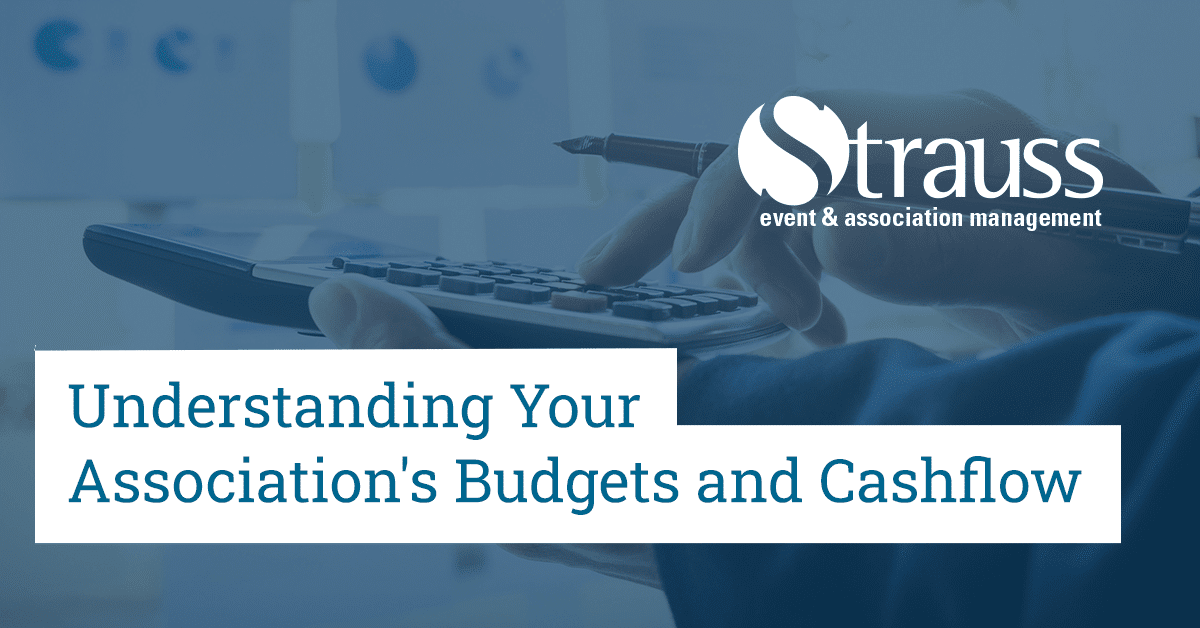Budgets and cashflow analysis are important management tools to allow an association to properly manage their performance, allowing them to plan and make informed decisions relating to planning, resource allocations and funding requirements.
Preparing budgets and cashflow forecasts can give you a more realistic measure of where your association is heading and help you avoid problems before they occur. They also provide:
- A measure to compare with actual performance over time to help you stay on track with your association’s key objectives.
- Provide a means to compare history with future expectations for strategic planning.
- Useful mechanism when seeking finance, as it shows lenders the association has the capacity to pay them back.
Budgets
A budget is effectively a forecast to provide a benchmark against which actual performance can be compared; history or assumptions on changing conditions or both.
A budget provides greater planning and control over the association’s activities and enables Board members to better set goals, plan forward, and make appropriate decisions. It’s also beneficial to the association when comparing its actual performance of it with the expectations and assumptions used in setting the budget.
Budgets help associations allocate funds for specific purposes and can assist in obtaining finance by supporting expectations of future profits and cashflow.
When preparing a budget, the starting point is to determine the time from it, which could be monthly, quarterly or annually, depending on the specific needs.
You would need to know several things to put a budget in place. They are as follows:
- Income – Most ongoing expenses are paid out of the income generated by the association. However, in its beginning phase, there may not be sufficient income to cover the cost, compared to an established association where the timing may be more predictable. An association may receive income regularly or consistently, which needs to be planned and mapped out over the budget period.
- Fixed Costs – Certain costs are fixed in an association; often, these costs are incurred regularly or constantly. Usually, fixed costs represent a high proportion of the operating costs. Examples are wages, rent, insurance, equipment lease, telephone, events, and interest.
- Variable Costs – Certain costs vary in terms of when they occur and the amounts paid. Examples of variable costs include materials required to generate sales, utilities, professional fees, marketing and advertising, vehicle expenses, repair and maintenance, and membership and licenses.
- Net Profit – The expected profit of an association is its income less expenses required to run it
- Analysis – After establishing a budget to predict the profits that can be generated from the association, the next important stage is to compare the actual income and expenses against the expectations from the budgets, comparing the difference between the two. This analysis is crucial as it allows the management or the Board of Directors to track how the association is performing and make necessary changes where required.
Comparing actual results of the budget can assist in identifying when corrective action is required if there are variances between the actuals and the forecasts.
Cashflow
Cashflow forecasting is an effective way to prepare for cash requirements and management of an association in advance.
Associations can be profitable but still get into trouble because they don’t have enough cash to pay their expenses when they are due. They become insolvent. It is, therefore, crucial to monitor the cashflow of an association, including the expected timing of receipts and payment, to understand how much money the association is receiving and how much it will need in the future.
A cashflow forecast needs to relate to a specific period, usually not more than a twelve-month period.
Long-term cashflow forecasts, spread over a period of years, are predominantly for strategic planning purposes or for planning capital investment.
The primary purpose of a cashflow forecast is to provide the status of the association’s cash position at any point over that period, and to support decisions during that time by identifying when there may be projected and expected shortages of cash so that payments can be managed and prioritized. So, in its simplest form, a cashflow forecast predicts whether an association will have sufficient working capital to operate during a specified period.
The forecast doesn’t necessarily need to be complex and can be changed if circumstances change during the period.
To calculate a cashflow forecast, you will need to look at the estimate cash in-flows and out-flows over the period, which is usually based on historical trends and results and predictions based on future assumptions. When preparing a cashflow forecast, regular cash in-flows and out-flows will need to be considered along with seasonal and cyclical variations. If the expected sources of cash are higher than the expected our-going of cash, then the association will be cashflow positive. If the opposite applies, the cashflow will be negative. In either situation, you will be in a better position to analyze your cashflow needs, better plan your cash usage, allocate funds, and help identify sources and timing that will assist.

